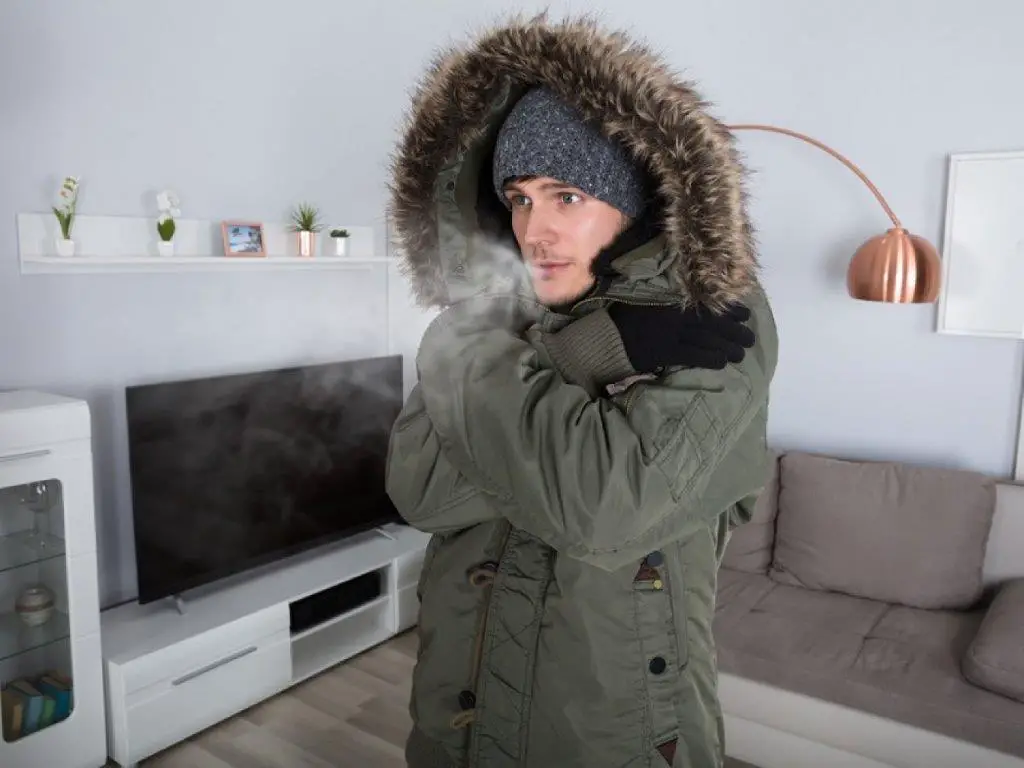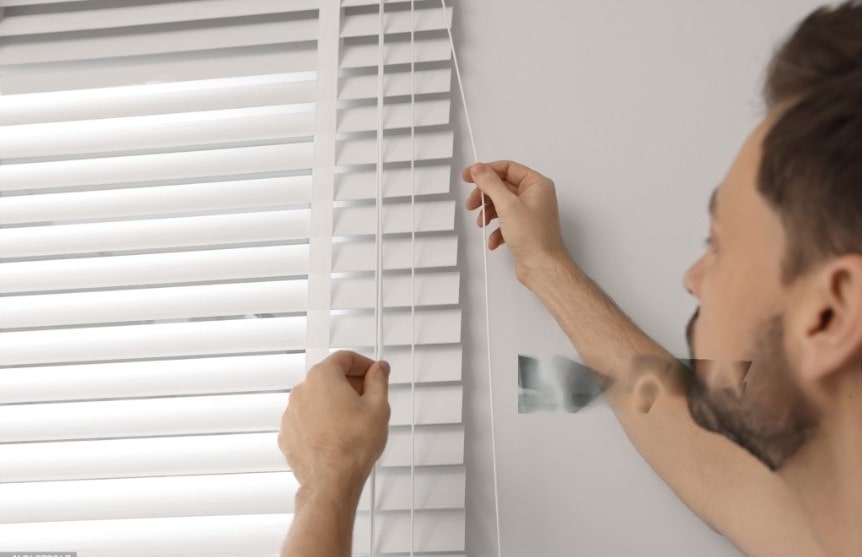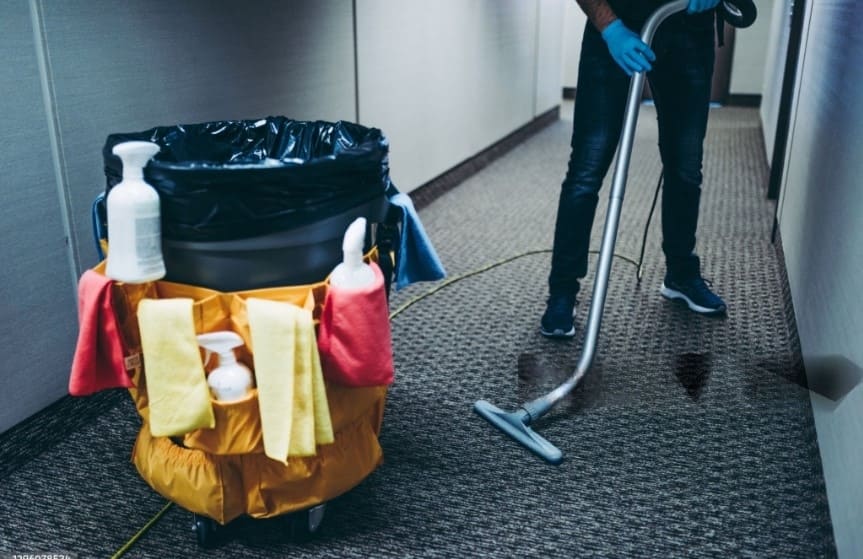
Are you fed up with constantly cranking up the heating, only to feel like your house is still cold? It can be incredibly frustrating, especially when it feels like your home just can’t hold onto warmth. But you’re not alone—many homeowners face this same issue, and the causes aren’t always as obvious as you might think.
Before you resign yourself to wearing multiple layers indoors or living with sky-high heating bills, it’s worth investigating the root causes of why your home might not be as cosy as it should be. In this post, we’ll walk you through some of the most common reasons your house is always cold and, more importantly, what you can do about it.
Contents
1. Poor or Insufficient Insulation
One of the biggest culprits behind a cold home is poor insulation. You might have the heating on full blast, but if your house isn’t properly insulated, all that warmth is simply escaping. Insulation acts like a giant blanket around your home, helping to trap the heat inside where it belongs. Without it, your home can feel cold no matter how high you turn up the thermostat.
Most homes lose a significant amount of heat through the roof, walls, and floors, and if your insulation is outdated or insufficient, you’re likely losing warmth in all the wrong places. If you live in an older house, there’s a good chance the insulation doesn’t meet modern standards, or perhaps there isn’t any insulation in certain areas at all.
What can you do? Start by checking your loft insulation—this is often where the biggest heat losses occur. If your insulation is thin or non-existent, it’s time to add more. Ideally, loft insulation should be around 270mm thick. Walls are another key area. If you have cavity walls, filling them with insulation can make a huge difference. Even insulating the floors, especially if they’re made of wood or concrete, can help retain heat and stop that dreaded cold draught creeping in.
2. Draughts and Gaps
Do you ever feel a cold breeze inside your home, even when all the windows and doors are shut? That’s a sign of draughts, and they’re one of the sneakiest ways your home loses heat. Gaps around doors, windows, chimneys, and even through floorboards can allow cold air to seep in, making your house feel chilly and forcing your heating system to work much harder than it should.
Older homes are particularly prone to draughts, as time and weather can cause small gaps to form around windows, doors, and skirting boards. Even new homes aren’t immune if proper draught-proofing measures haven’t been taken.
What can you do? Luckily, this is one of the easier problems to fix. You can seal up draughts around doors and windows with self-adhesive weather strips or invest in a professional draught-proofing service for a more thorough solution. Don’t forget about your letterbox, keyholes, or chimneys—fitting a draught excluder or chimney balloon can make a huge difference. And if your floorboards are particularly draughty, adding a thick rug can help keep those cold drafts at bay.
3. Inefficient or Outdated Heating System
Sometimes, the problem isn’t where the heat is going—it’s how well your heating system is doing its job in the first place. If your boiler is outdated, or your radiators aren’t distributing heat evenly, it’s likely that your home is being heated inefficiently. Even if your heating is technically working, it might not be powerful enough to maintain a comfortable temperature, especially if it’s an older system.
Older boilers, for example, tend to be less efficient, meaning they need to work harder to produce the same amount of heat as a modern, energy-efficient model. And if your radiators haven’t been bled in a while, they might have air trapped inside, which prevents them from heating up properly.
What can you do? Start by bleeding your radiators if they’re not heating up as they should. This is a simple task that can make a big difference. If your boiler is more than 10–15 years old, it might be worth considering an upgrade. Modern boilers are far more efficient, and while replacing one might seem like a big investment, the long-term savings on your energy bills and improved warmth will make it worthwhile.
4. Old or Single-Glazed Windows
Another common reason your home feels colder than it should is outdated windows. If you still have single-glazed windows, you’re essentially allowing heat to escape right through the glass. Single-glazed windows are notorious for being poor insulators, and they can leave you battling cold air and condensation in the winter months.
Even if you’ve got double glazing, it doesn’t always guarantee warmth if your windows are old or the seals have worn out. Over time, the seals around your windows can crack or degrade, which allows draughts to sneak in and heat to escape. You might notice that your windows get particularly cold to the touch in winter, or perhaps there’s a build-up of condensation on the inside.
What can you do? The most effective solution is to upgrade to double or even triple-glazed windows, which offer far superior insulation. If replacing the windows isn’t an option right now, you can still improve things by using heavy, thermal-lined curtains to trap warmth inside. You can also apply secondary glazing—a film or additional pane of glass fitted over your existing windows—to improve their efficiency. Ensuring that the seals around your windows are intact and replacing any worn seals will also help keep draughts out.
5. Lifestyle Habits and Overlooked Factors
Sometimes, the reason your house feels cold isn’t down to structural issues, but simple lifestyle habits that can make a surprising difference. For example, if you’re leaving doors open between rooms, especially in larger homes, heat can quickly disperse, making it harder to maintain a comfortable temperature. High ceilings, large open-plan spaces, or rooms that are rarely used but still heated can also contribute to a house feeling colder overall.
In addition, the way you use your heating system plays a big part. Turning the heating on and off frequently, or only running it for short periods, can actually make your home feel colder because it never has a chance to properly warm up. Likewise, if your thermostat is in a particularly warm spot, like near a sunny window or above a radiator, it could be giving your heating system false readings, meaning the rest of your house stays cold.
What can you do? Start by making small changes like keeping internal doors closed to trap heat in the rooms you’re using. If your home has large, open spaces, consider using rugs and curtains to create “cosier” zones that hold heat better. You might also want to look into a programmable or smart thermostat, which can help regulate your heating more efficiently, ensuring your home stays warm without wasting energy.
Don’t Just Put on Another Jumper
If your home always feels cold, it can be frustrating and uncomfortable, but the good news is that with a little investigation, you can often pinpoint the issue and fix it. Whether it’s poor insulation, draughts, an inefficient heating system, old windows, or even just small lifestyle adjustments, there are plenty of ways to improve your home’s warmth without constantly cranking up the heating.
Take the time to assess your home for these common issues and take action where necessary. By addressing these problems, not only will you make your living space warmer and more comfortable, but you’ll also save money on your energy bills in the long run. So, don’t just put on another jumper—make your house as warm as it should be!

Digicsol System is a contributing author for OneHouseDecor.com, offering expert insights into how technology can elevate modern homes. From smart home solutions to innovative design ideas, Digicsol System combines a passion for digital advancements with practical tips for creating functional and tech-savvy living spaces. Their goal is to inspire homeowners to seamlessly blend technology with style for a smarter, more comfortable home.




